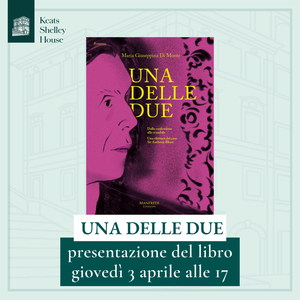The Museum is a largely unaltered listed building, preserved in its current state since 1725. For this reason access for some people with disabilities is limited and we ask disabled visitors to contact the House in advance of their visit for advice.
VISITORS WITH PHYSICAL DISABILITIES
The museum is located on the second floor and visitors must climb 39 steps to reach it. For visitors who are able to do this, our staff are on hand, by prior arrangement, to help with bringing up wheelchairs to the museum level. Having arrived on the second floor, visitors in wheelchairs or those using crutches are able to access the entire museum. Chairs are located throughout the museum should any visitor wish to sit down.
VISITORS WITH SENSORY DISABILITIES
For those who are visually impaired, the museum provides large print copies of the labels and panels of the permanent collection, which can be borrowed from the ticket desk. For visitors whose visual impairments are more severe, curatorial staff can offer an introductory tour of the House. It is essential that visitors telephone to request this in advance of their visit.
Guide dogs are welcome at the Museum.
Most of the exhibits in the museum are visual, and therefore
visitors with auditory impairments need not feel that their visit will be greatly impeded. For group visits, curatorial staff can provide
a talk about Keats’ life and the history of the House, provided that the group brings its own sign language interpreter. Advance booking is essential; visit Group Bookings for more information.
VISITORS WITH LEARNING DIFFICULTIES
The museum welcomes groups of young people or adults with learning difficulties. As with other groups, the leader must book in advance and curatorial staff will be happy to discuss specific needs when the reservation is made.











